Home>Gardening & Outdoor>Plant Care & Gardening Tips>When Can You Transplant Mums
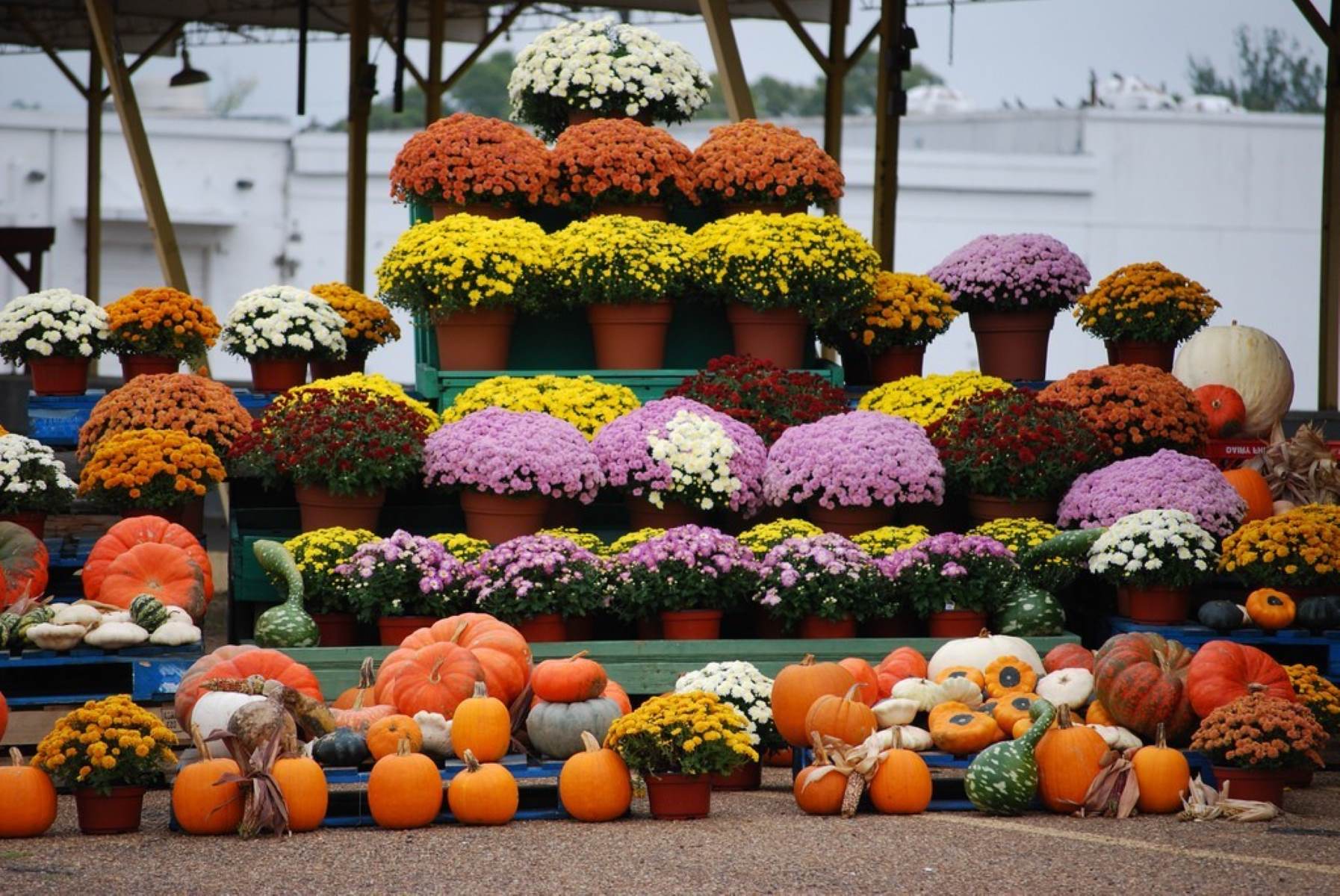

Plant Care & Gardening Tips
When Can You Transplant Mums
Published: February 29, 2024
Learn when and how to transplant mums with expert plant care and gardening tips. Discover the best time and techniques for successful mum transplantation.
(Many of the links in this article redirect to a specific reviewed product. Your purchase of these products through affiliate links helps to generate commission for Storables.com, at no extra cost. Learn more)
Best Time to Transplant Mums
Transplanting mums, also known as chrysanthemums, is a crucial step in ensuring their continued growth and vibrancy. To maximize the success of this process, it's essential to choose the best time for transplanting. The ideal time to transplant mums is during early spring or early fall. These periods offer the optimal conditions for the plants to establish themselves in their new environment.
In early spring, the soil is beginning to warm up, and the mums are emerging from dormancy. This period allows the plants to acclimate to their new location and develop strong roots before the heat of summer sets in. On the other hand, early fall provides a window of opportunity for transplanting mums before the arrival of frost. This timing allows the plants to settle into their new surroundings and establish roots before the onset of winter.
By choosing the right time to transplant mums, you can minimize the stress on the plants and increase the likelihood of a successful transition. This strategic approach sets the stage for healthy growth and abundant blooms in the seasons to come.
Key Takeaways:
- Choose early spring or early fall to transplant mums for the best chance of success. Look for signs like root boundness and emerging growth to know when they’re ready. This helps them thrive in their new home.
- When transplanting mums, pick a sunny, well-draining spot, handle the roots gently, and water them well. Keep an eye out for stress and consider pruning and mulching to support their growth.
Read more: When Do You Prune Mums
Signs that Mums are Ready for Transplanting
As a gardening enthusiast, it's essential to recognize the signs that indicate when mums are ready for transplanting. By observing the plant's behavior and growth patterns, you can ensure a smooth transition to a new location, setting the stage for continued health and vitality.
-
Root Boundness: One of the primary indicators that mums are ready for transplanting is root boundness. When the roots have filled the current container or space, the plant may exhibit stunted growth or require more frequent watering. Additionally, visible roots circling the bottom of the container signal that the plant has outgrown its current environment and is in need of a larger space to thrive.
-
Emerging Growth: Another sign that mums are ready for transplanting is the emergence of new growth. As the plant begins to produce fresh shoots and leaves, it indicates a period of active growth. This phase presents an opportune moment to transplant the mums, allowing them to establish themselves in a new location while benefiting from the surge in growth.
-
Crowded Foliage: Overcrowded foliage, characterized by densely packed stems and leaves, is a clear indication that the mums require more space to flourish. When the foliage becomes dense and starts to intertwine, it can hinder air circulation and lead to increased susceptibility to pests and diseases. Transplanting the mums to a more spacious area can alleviate this congestion and promote healthier growth.
-
Visible Stress: Mums that are under stress may exhibit visible signs such as wilting, yellowing leaves, or a general lack of vigor. These indicators suggest that the plant is struggling in its current environment and may benefit from a change of location. By recognizing these signs of distress, you can intervene at the right time and facilitate the mums' transition to a more suitable growing space.
-
Seasonal Cues: Paying attention to seasonal cues can also signal the optimal time for transplanting mums. For instance, if the mums have completed their blooming cycle or are entering a period of dormancy, it may be an opportune moment to consider transplanting. This allows the plants to adapt to their new surroundings during a phase of reduced metabolic activity, minimizing the shock of relocation.
By being attuned to these signs, you can make informed decisions about when to transplant mums, ensuring that they continue to thrive in their new environment. Recognizing these indicators empowers you to support the mums' growth and well-being, setting the stage for a successful transplanting process.
Steps for Transplanting Mums
Transplanting mums is a pivotal process that requires careful attention to detail to ensure the plants' successful acclimatization to their new environment. By following these essential steps, you can facilitate a smooth transition for your mums, setting the stage for continued growth and vitality.
Step 1: Selecting the New Location
Begin by identifying a suitable location for transplanting the mums. Choose an area that receives ample sunlight, as mums thrive in full sun or partial shade. Ensure that the soil in the new location is well-draining to prevent waterlogging, which can impede root development. Additionally, consider the spacing requirements for the mums, allowing adequate room for the plants to spread and grow without overcrowding.
Step 2: Preparing the Soil
Prepare the soil in the new location by loosening it to a depth of at least 12 inches. Incorporate organic matter, such as compost or well-rotted manure, to enrich the soil and improve its texture. This step provides the mums with a nutrient-rich and hospitable environment for establishing their roots in their new home.
Read more: When To Transplant Monkey Grass
Step 3: Digging the Hole
Carefully dig a hole in the prepared soil that is slightly larger than the root ball of the mum. The depth of the hole should accommodate the entire root system without crowding or bending the roots. This ensures that the mums can be transplanted without causing damage to their delicate root structures.
Step 4: Transplanting the Mums
Gently remove the mums from their current location, taking care to preserve the root ball. Place the mum into the prepared hole, ensuring that it sits at the same level as it did in its previous location. Backfill the hole with soil, gently firming it around the base of the plant to provide stability.
Step 5: Watering and Mulching
After transplanting, thoroughly water the mums to settle the soil and provide essential moisture to support their initial growth in the new location. Apply a layer of organic mulch around the base of the plants to conserve moisture, suppress weed growth, and insulate the roots from temperature fluctuations.
Step 6: Monitoring and Care
Monitor the transplanted mums regularly to ensure they are adjusting well to their new surroundings. Provide adequate water as needed, especially during dry periods, and be mindful of any signs of stress or wilting. With proper care and attention, the mums will establish themselves in their new location and continue to thrive.
By following these steps for transplanting mums, you can facilitate a seamless transition for the plants, promoting their long-term health and vigor in their new environment. This process sets the stage for vibrant blooms and lush foliage, ensuring that your mums flourish in their updated surroundings.
Read more: When Will Mums Be For Sale
Tips for Successful Transplanting
Transplanting mums is a delicate process that requires careful attention to detail and proactive measures to ensure the plants' successful adaptation to their new environment. By incorporating the following tips into your transplanting approach, you can optimize the mums' transition and set the stage for robust growth and abundant blooms.
1. Timing Is Key
Choosing the right time for transplanting mums is crucial for minimizing stress on the plants. Aim to transplant mums during early spring or early fall to capitalize on favorable growing conditions. These periods offer the ideal balance of warmth and moisture, providing an optimal environment for the mums to establish themselves in their new location.
2. Prepare the Soil
Before transplanting, prepare the soil in the new location to create an inviting and nurturing environment for the mums. Ensure that the soil is well-draining and rich in organic matter to support healthy root development. Amending the soil with compost or aged manure enhances its fertility and texture, laying the groundwork for the mums' successful acclimatization.
3. Minimize Root Disturbance
When transplanting mums, handle the root ball with care to minimize disturbance to the plant's delicate root system. Avoid excessive shaking or rough handling, as this can damage the roots and impede the mums' ability to establish themselves in their new environment. By preserving the integrity of the root ball, you promote a smoother transition for the plants.
Read more: When To Divide Mums
4. Adequate Watering
After transplanting, provide the mums with ample water to support their initial growth and help them settle into their new surroundings. Ensure that the soil remains consistently moist but not waterlogged, as excessive moisture can lead to root rot. Regular, deep watering encourages the development of strong, healthy roots, setting the stage for the mums' long-term vitality.
5. Monitor for Stress
Keep a close eye on the transplanted mums for any signs of stress, such as wilting or yellowing leaves. If stress is observed, take prompt action to address the underlying issues, such as adjusting watering practices or providing temporary shade. By promptly addressing signs of stress, you can mitigate potential setbacks and support the mums' successful establishment in their new location.
6. Pruning and Deadheading
Following transplanting, consider pruning the mums to promote bushier growth and encourage the development of new shoots. Additionally, deadhead spent blooms to redirect the plant's energy towards producing new flowers. These practices help the mums allocate resources efficiently, fostering a lush and vibrant appearance in their new growing space.
7. Mulching for Protection
Apply a layer of organic mulch around the base of the transplanted mums to conserve soil moisture, suppress weed growth, and insulate the roots from temperature fluctuations. Mulching provides a protective barrier that supports the mums' root development and helps maintain a stable growing environment, contributing to their overall well-being.
By incorporating these tips into your approach to transplanting mums, you can optimize the plants' transition to a new location and foster their long-term health and vitality. These proactive measures set the stage for vibrant blooms and lush foliage, ensuring that your mums thrive in their updated surroundings.
Frequently Asked Questions about When Can You Transplant Mums
Was this page helpful?
At Storables.com, we guarantee accurate and reliable information. Our content, validated by Expert Board Contributors, is crafted following stringent Editorial Policies. We're committed to providing you with well-researched, expert-backed insights for all your informational needs.
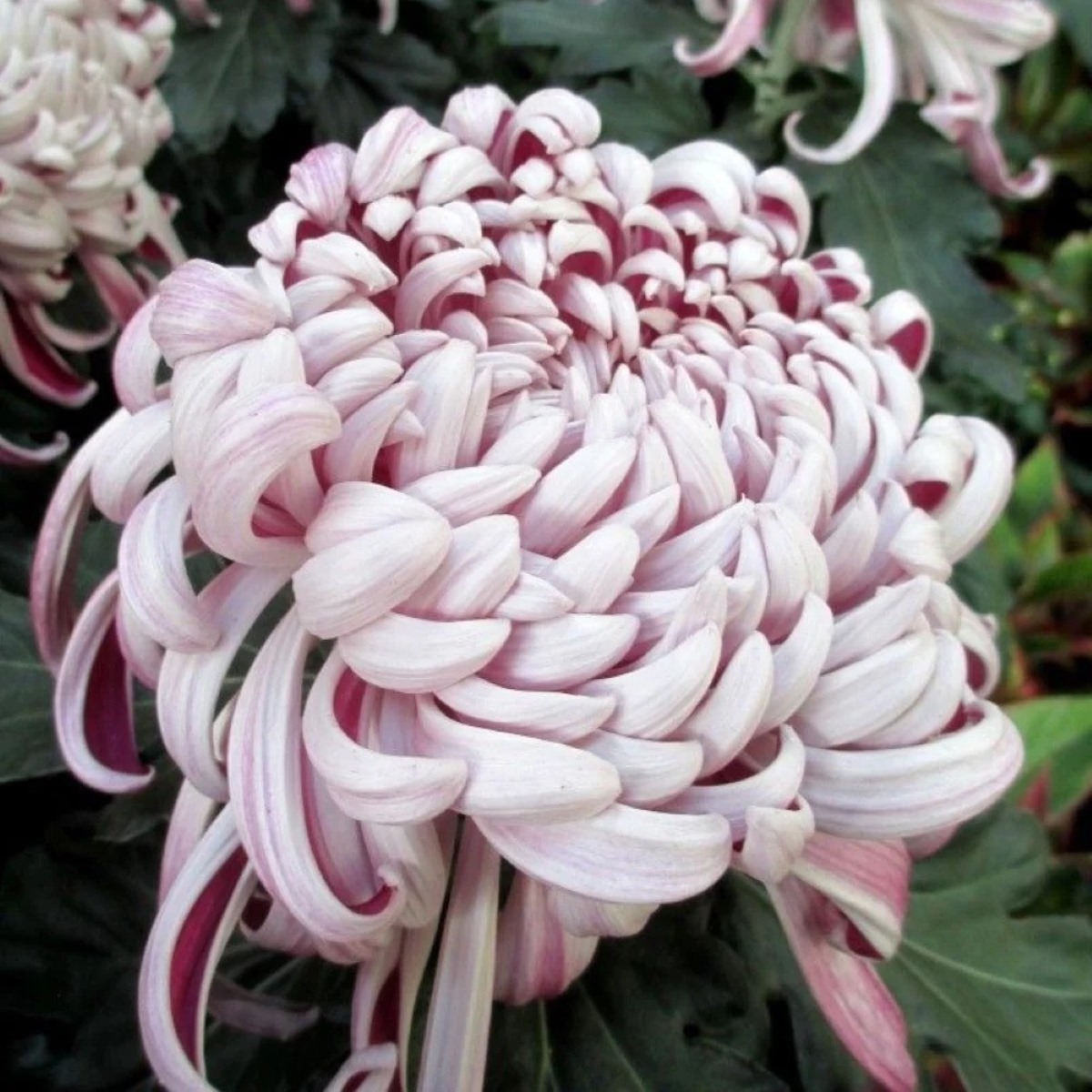
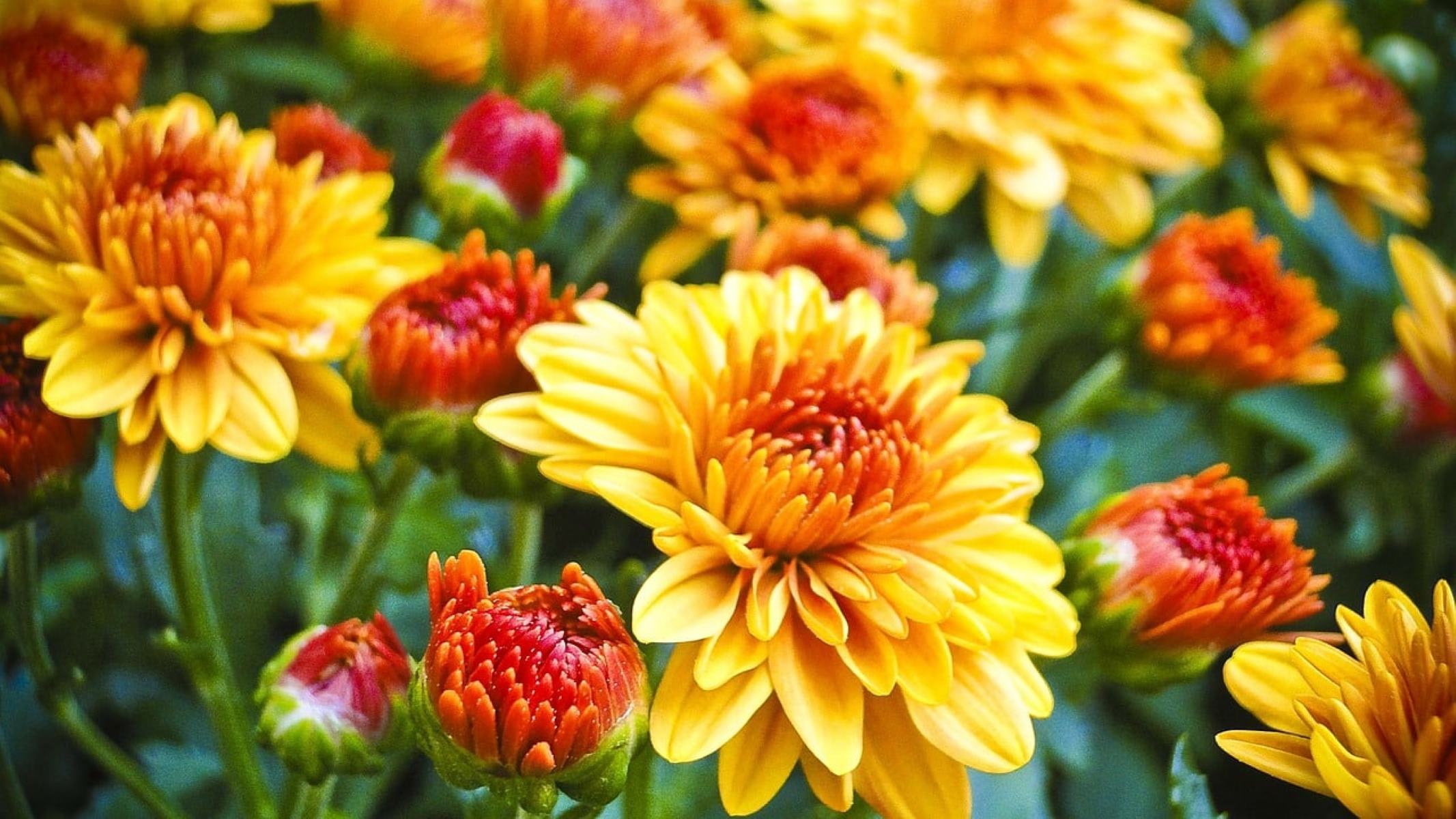
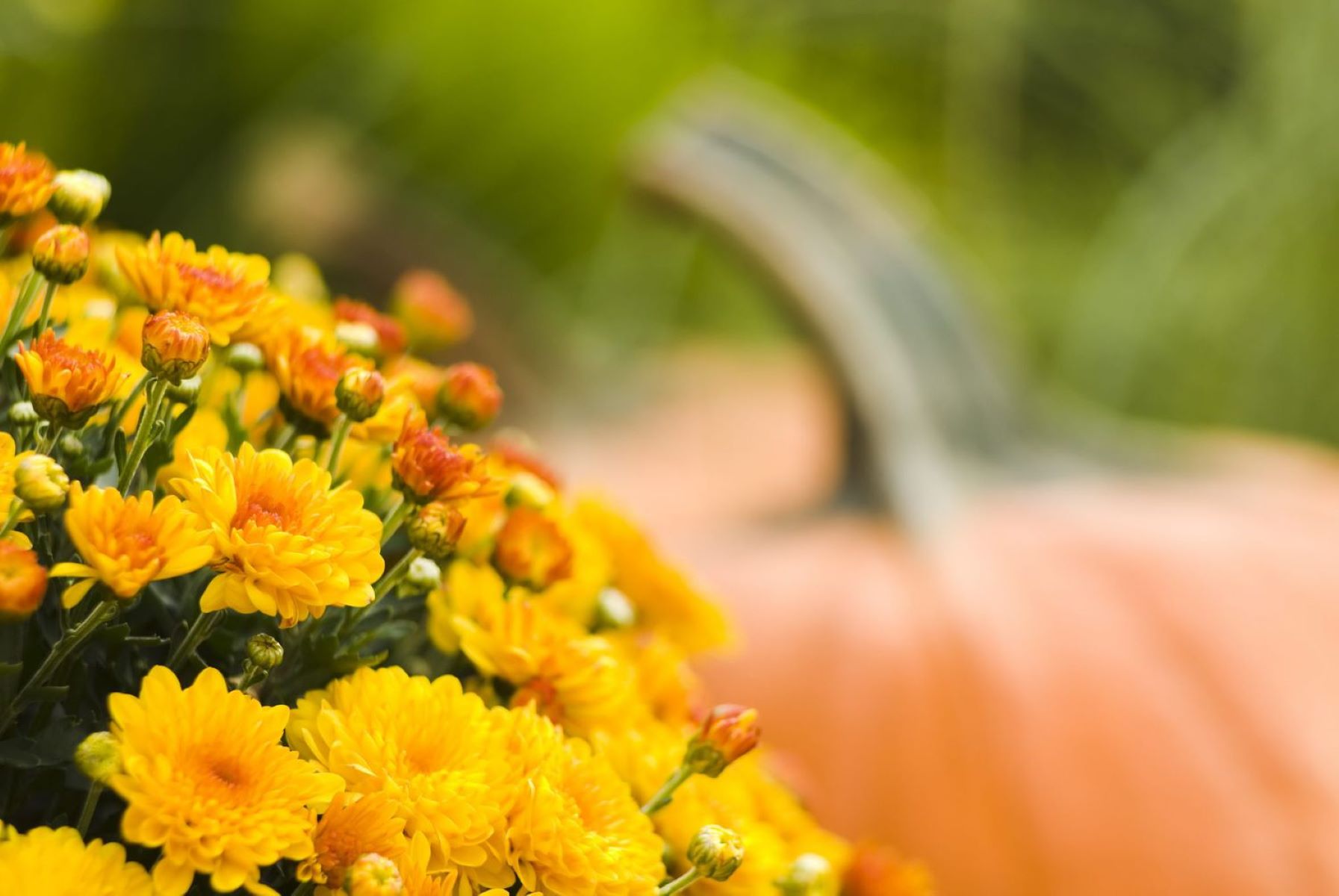
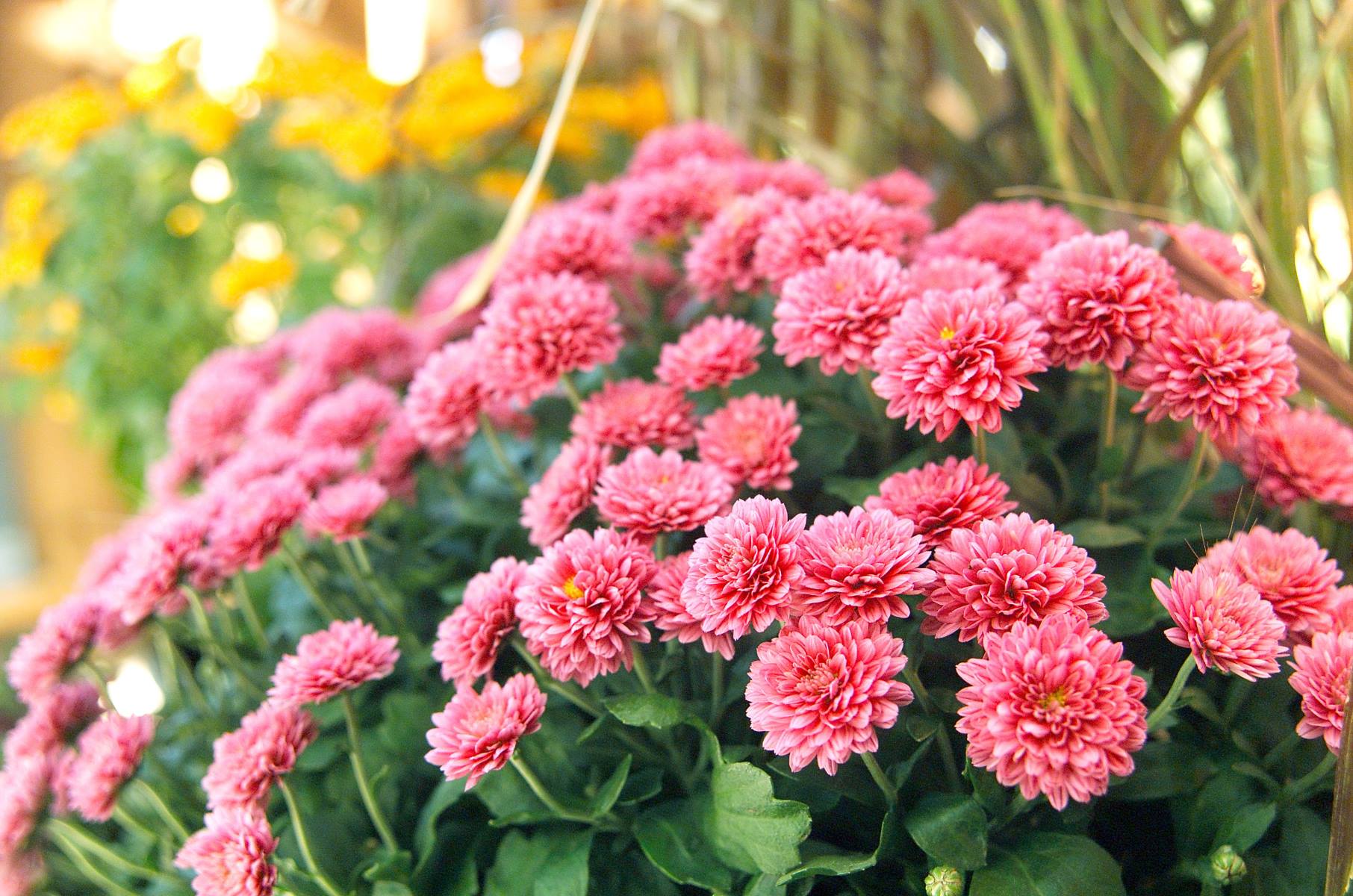
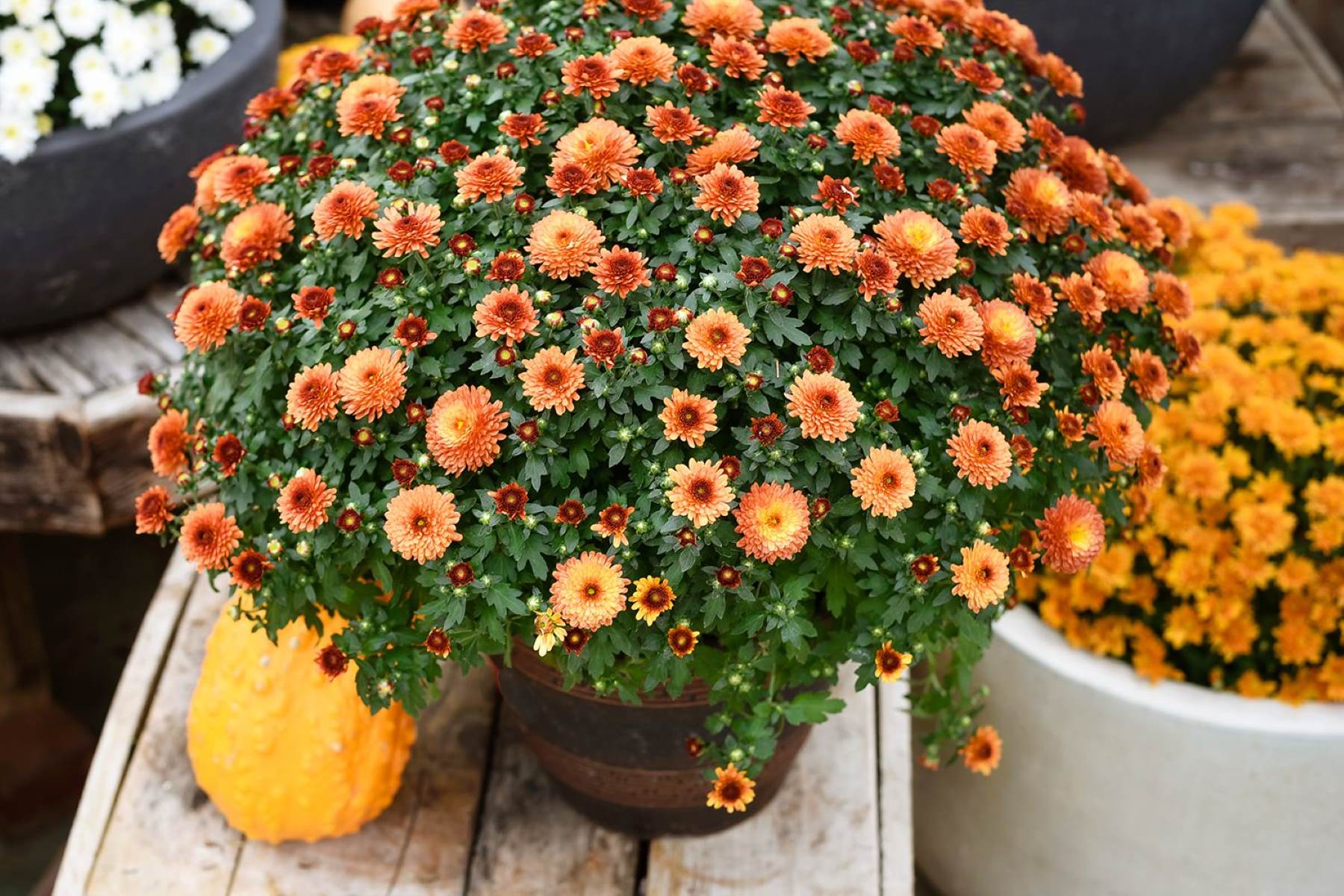


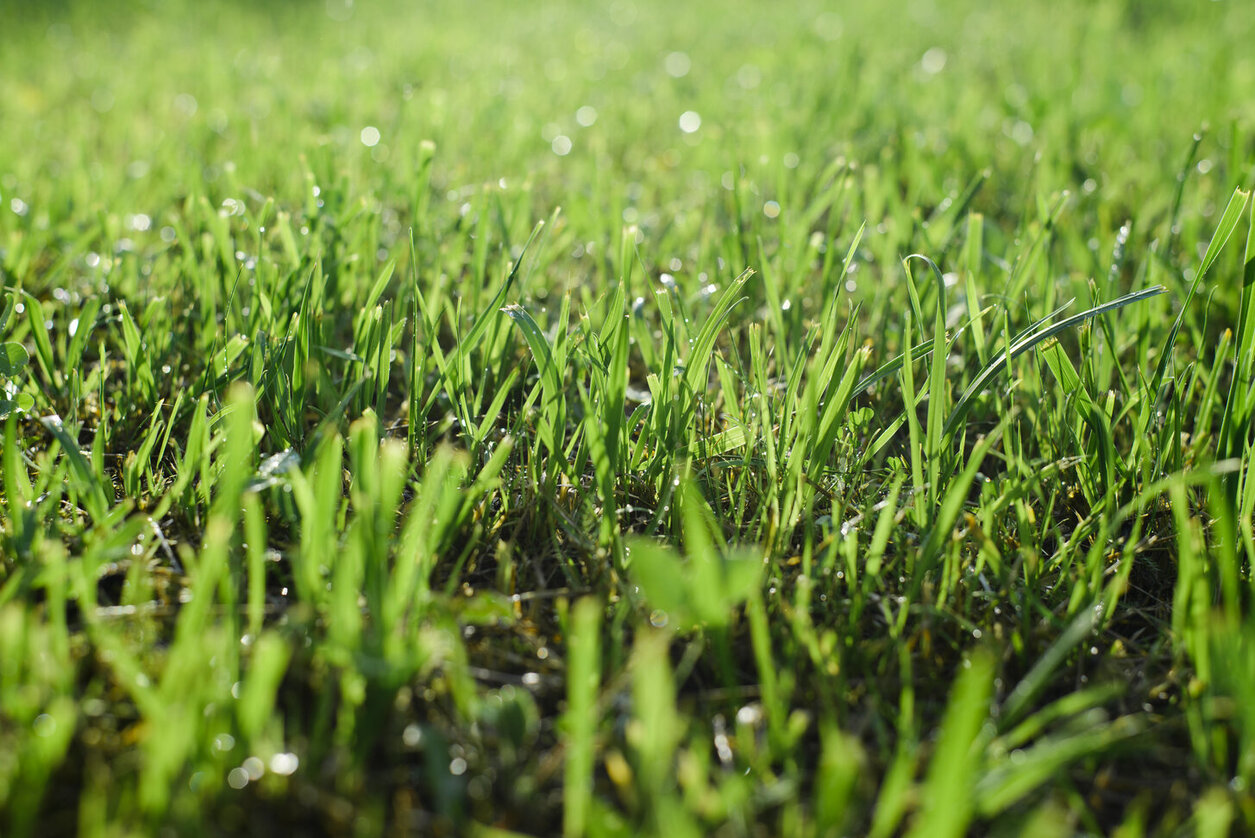

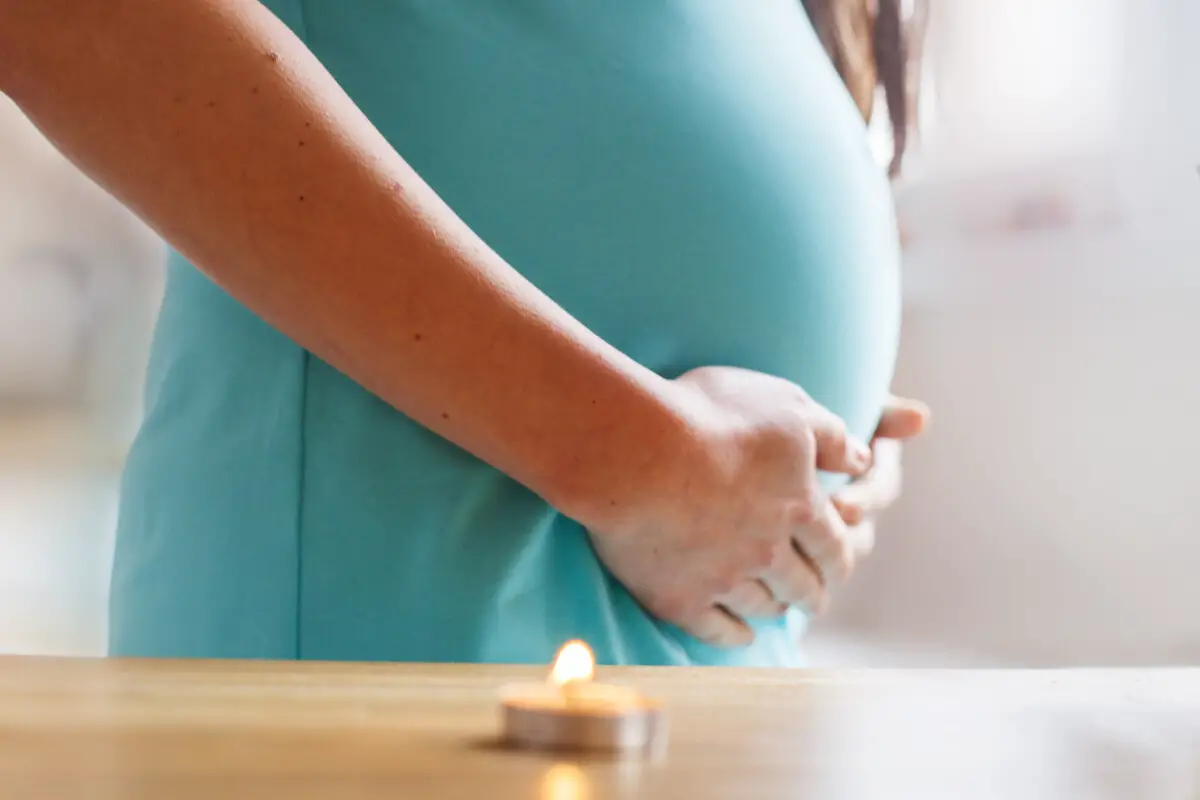

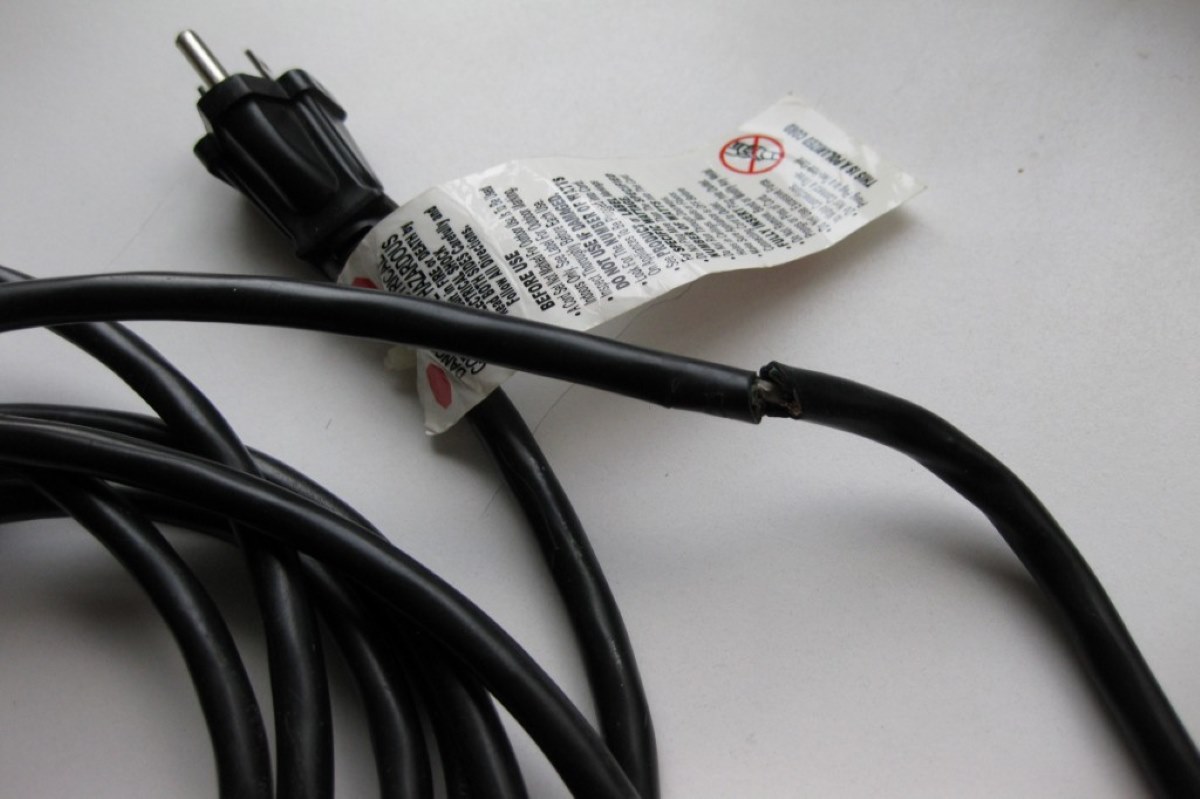

0 thoughts on “When Can You Transplant Mums”